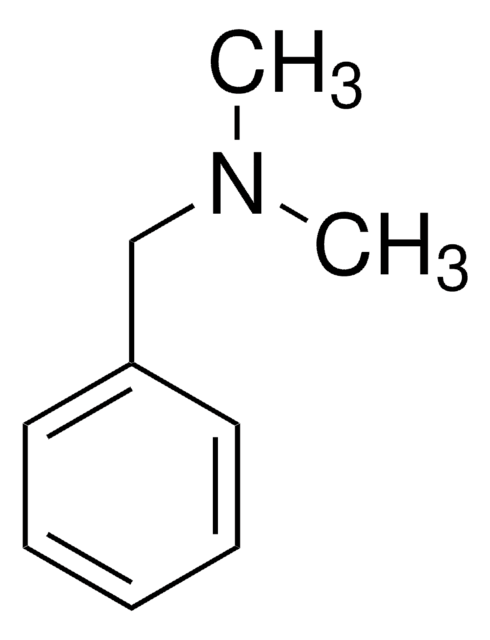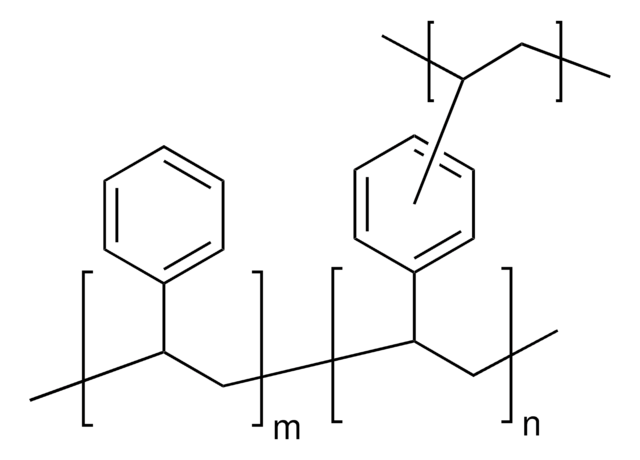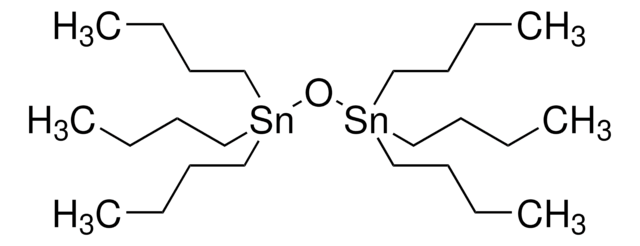31866
Diethylaminomethyl-polystyrene
extent of labeling: ~3.2 mmol/g loading
Synonym(s):
Benzyldiethylamine, polymer-bound, Copolymer of styrene and divinylbenzene, diethylaminomethylated, Polystyrene cross-linked with divinylbenzene, diethylaminomethylated
About This Item
Recommended Products
form
beads
crosslinking
2 % cross-linked
extent of labeling
~3.2 mmol/g loading
technique(s)
LPLC: suitable
matrix
crosslinked with 2% DVB
matrix active group
tertiary amine
particle size
200-400 mesh
capacity
3.2 mmol/g
separation technique
anion exchange
General description
Application
- Diethylaminomethyl-polystyrene is designed to be used in place of the equivalent free base, to facilitate purification.
- Diethylaminomethyl-polystyrene may be used in conjunction with other solid supported reagents or catalysts to promote a reaction.
- Diethylaminomethyl-polystyrene may be used in separation media for TLC, paper and LPL chromatography.
Storage Class Code
11 - Combustible Solids
WGK
WGK 3
Flash Point(F)
Not applicable
Flash Point(C)
Not applicable
Personal Protective Equipment
Regulatory Information
Choose from one of the most recent versions:
Certificates of Analysis (COA)
Don't see the Right Version?
If you require a particular version, you can look up a specific certificate by the Lot or Batch number.
Already Own This Product?
Find documentation for the products that you have recently purchased in the Document Library.
Our team of scientists has experience in all areas of research including Life Science, Material Science, Chemical Synthesis, Chromatography, Analytical and many others.
Contact Technical Service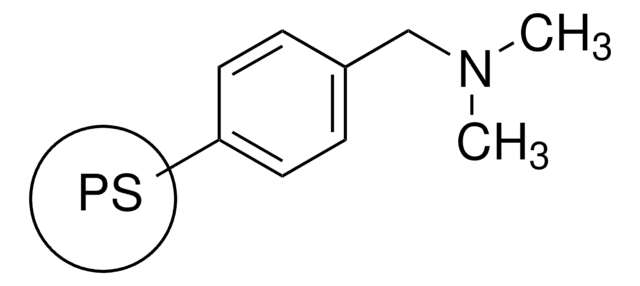
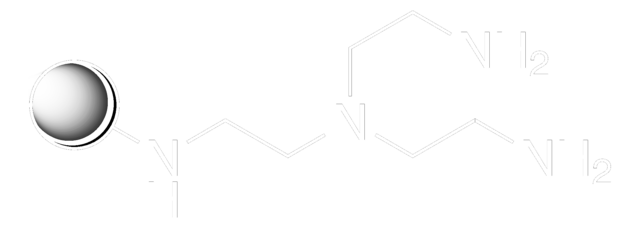
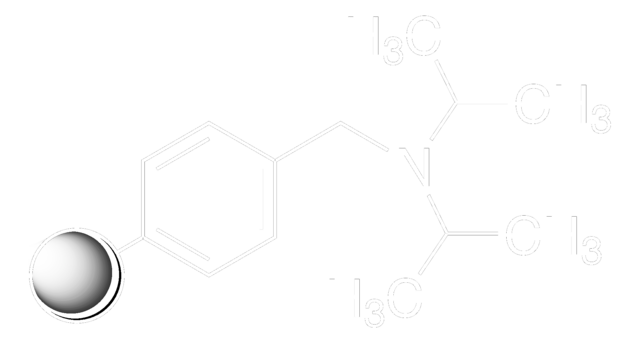
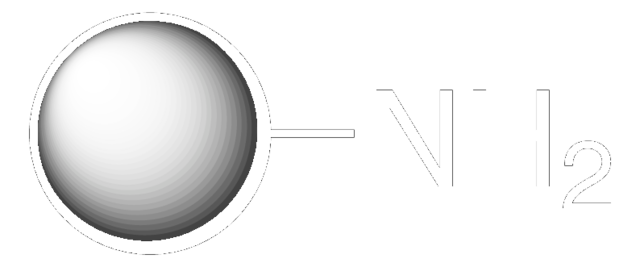
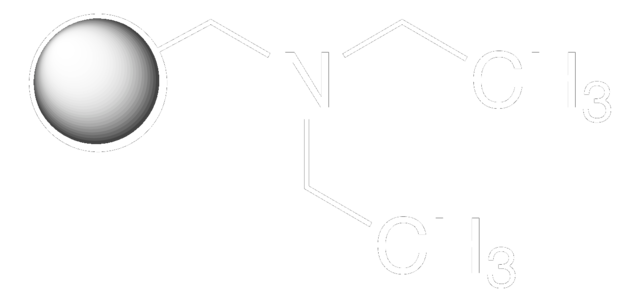
![1,8-Diazabicyclo[5.4.0]undec-7-ene, polymer-bound 100-200 mesh, extent of labeling: 1.5-2.5 mmol/g loading, 1 % cross-linked with divinylbenzene](/deepweb/assets/sigmaaldrich/product/structures/198/416/1df5854b-ea20-4d3a-a11f-73abb549da60/640/1df5854b-ea20-4d3a-a11f-73abb549da60.png)
